Posted on 27/12/2017 by David
As we move from Visit Wales' Year of Legends (2017) to Year of the Sea (2018), what better time to explore our legendary coastal castles? North Wales has SEVEN of them, from Flint in the east to Criccieth in the west.
Just one of the seven was captured from Welsh princes by Edward I's forces in the 13th century, where all the others were built or rebuilt under his rule. We'll reveal which at the end of the blog!
Why build castles by the sea?
Of course, castles are built on defensive positions - hills, rocky outcrops - often guarding valleys or rivers, routes that armies and traders would use. But in the case of North Wales' massive military structures, castles were built by the sea so that building and trade supplies could easily reach them.
North Wales's castles were cutting edge for their time; concentric circle defences, huge walls, arrow loops and imposing gatehouses meant they were among the most formidable castles ever built. The stone to build the castles was typically brought in by boat from quarries not far away. By building around the coast, Edward could also encircle the Welsh princes' heartlands of Snowdonia - and so create his so-called 'ring of iron'.
We start our whistle-top tour of North Wales's amazing castles in the east, heading west. Let's march!
Flint, Flintshire
Hidden by the town of the same name, Flint occupies a low hill on the Dee Estuary. Although little more than a ruin today, Flint was one of the first castles built by Edward. It was immortalised in Shakespeare's Richard II play, where the eponymous king was captured by cousin Henry Bolingbroke (King Henry IV).
Flint is open daily from 10am to 4pm and admission is free.
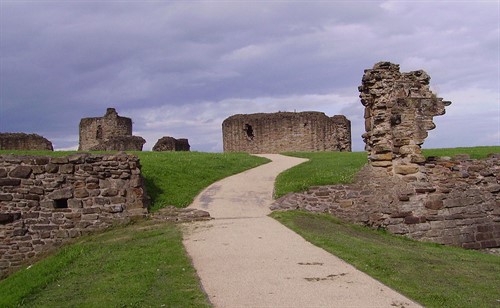
Rhuddlan, Denbighshire
Completed in 1282, Rhuddlan was the second of Edward's castles to be built, after Flint. Constructed on the site of an earlier motte-and-bailey fort, Rhuddlan guarded the River Clwyd from the sea at Rhyl down the vale to St Asaph. It was the first of Edward’s castles to follow a concentric pattern, a castle within a castle essentially. Such was the castle builders' ambition that even the river was diverted to bring ships to the castle gates!
Read more about Rhuddlan over on our blog here.
Open Easter to October only, £4 adults, £2.60 concessions.
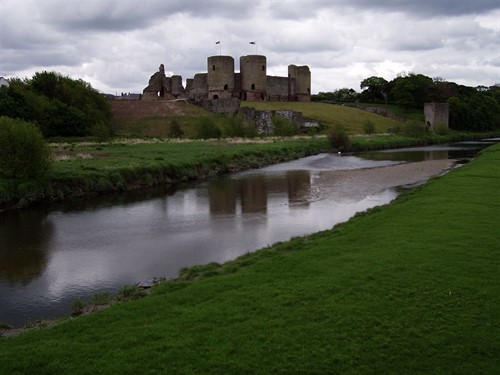
Conwy, Conwy County
Arguably the most spectacular of all North Wales castles, and part of the UNESCO World Heritage Site that includes the town's medieval walls. Conwy Castle took four and a half years to build and cost about £15,000 (over £6m in today's money).
Its eight imposing towers overlook the town and the River Conwy, which was used for moving troops and supplies by ship. Conwy Castle, like most castles, is the stuff of fascinating legend and folklore - find out more.
Open daily 10am to 4pm (11am - 4pm Sunday), £8.95 adult, £5.80 concessions.
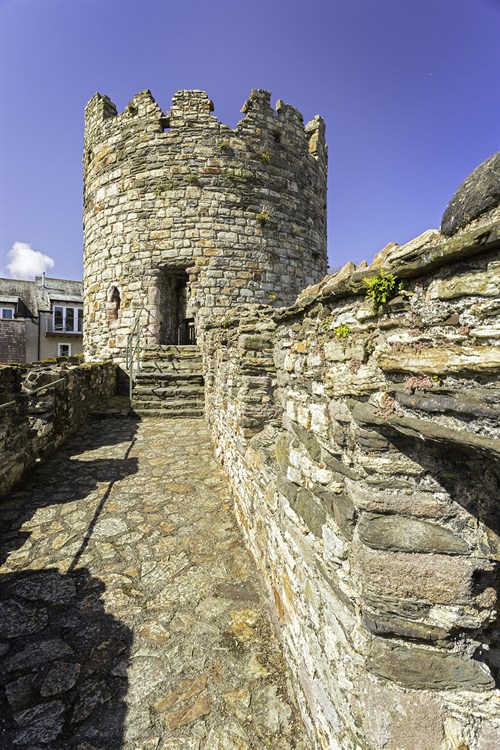
Caernarfon, Gwynedd
Caernarfon Castle looks like new! Building began in June 1283 and this grand building features no fewer than nine towers and two gatehouses. It had accommodation for the king’s household and family and acted as the administrative centre for the area.
As with Rhuddlan, the site was previously a motte-and-bailey Norman fort and being on the Menai Strait suited Edward. In 1969, the investiture of the current Prince of Wales, HRH Prince Charles took place here.
Open daily 10am - 4pm (11am - 4pm Sunday), £8.95 adults, £5.80 concessions.
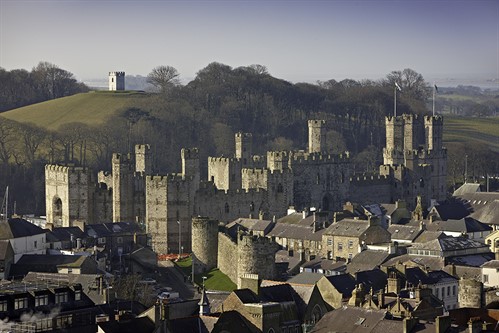
Beaumaris, Anglesey
The last of Edward's castles to be built in North Wales, and arguably his pièce de résistance. What a shame he never finished it! Beaumaris is a concentric castle with moat (still filled with water) acting as an extra line of defence. Ships could sail from the sea right up to the castle gate.
Just to rub the locals' faces in it a little more, Edward had the village of Llanfaes moved 12 miles away to Newborough so his castle could be built. Today, historians regard it as one of the most technically proficient castles ever constructed.
Open daily 10am - 4pm (11am - 4pm Sundays), £6.50 adults, £4.20 concessions.
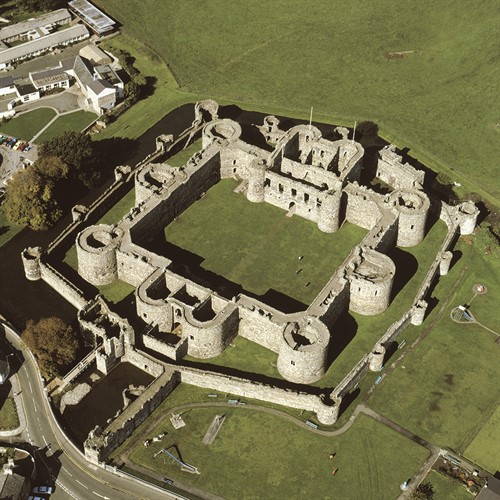
Criccieth
Criccieth Castle's setting is a picture-perfect one: set atop a rocky headland between two great sweeping bays, with expansive views across Cardigan Bay to the Cambrian Mountains. Owain Glyndŵr sealed Criccieth’s fate when his troops captured and burnt the castle in the 15th century, marking the last major Welsh rebellion against the English.
We recently wrote a blog about Criccieth Castle here.
Open Wednesday to Saturday 10am to 4pm (11am - 4pm Sundays), £5 adult, £3.30 concessions.
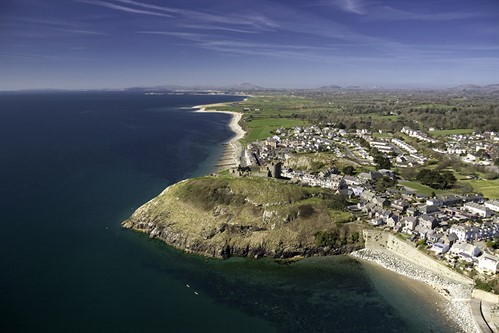
Harlech
It took 1,000 men to build Harlech between 1283 and 1295, yet incredibly it was one of Edward's cheapest. It looks anything but cheap, however. Cliff-top Harlech boasts two rings of walls and towers, making it impregnable from almost every angle.
Its hidden secret was a 200-foot (61m) long stairway which still leads from the castle to the base of the cliff.
Open daily 10am - 4pm (11am - 4pm Sundays), £6.50 adults, £4.20 concessions.
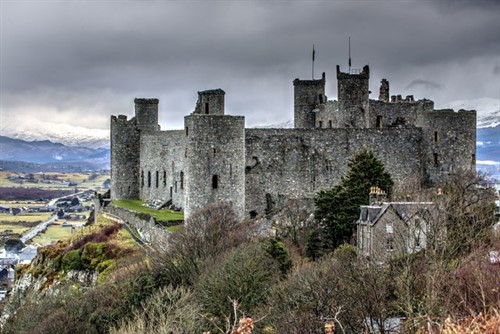
And finally...
Which of the seven coastal castles was originally a castle of the Welsh Princes and captured by Edward I? Criccieth. It was built by Llywelyn the Great but was taken over by English forces 50 years later. Their improvements included the remodelling of a tower for stone-throwing catapults.
Images courtesy: Flint Castle by Immanuel Giel via Wikimedia Commons. Harlech Castle by Arthur C Harris via the Creative Commons License.

